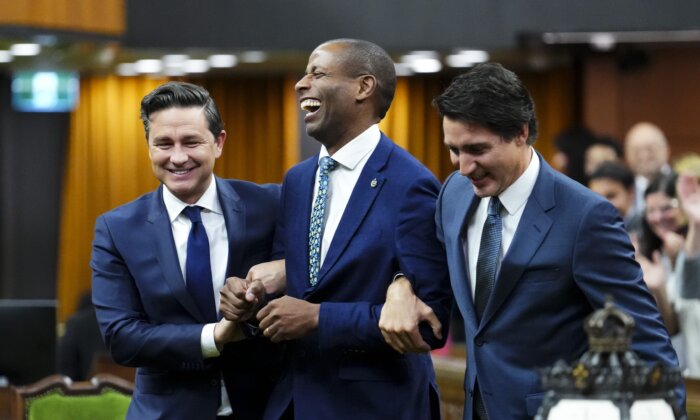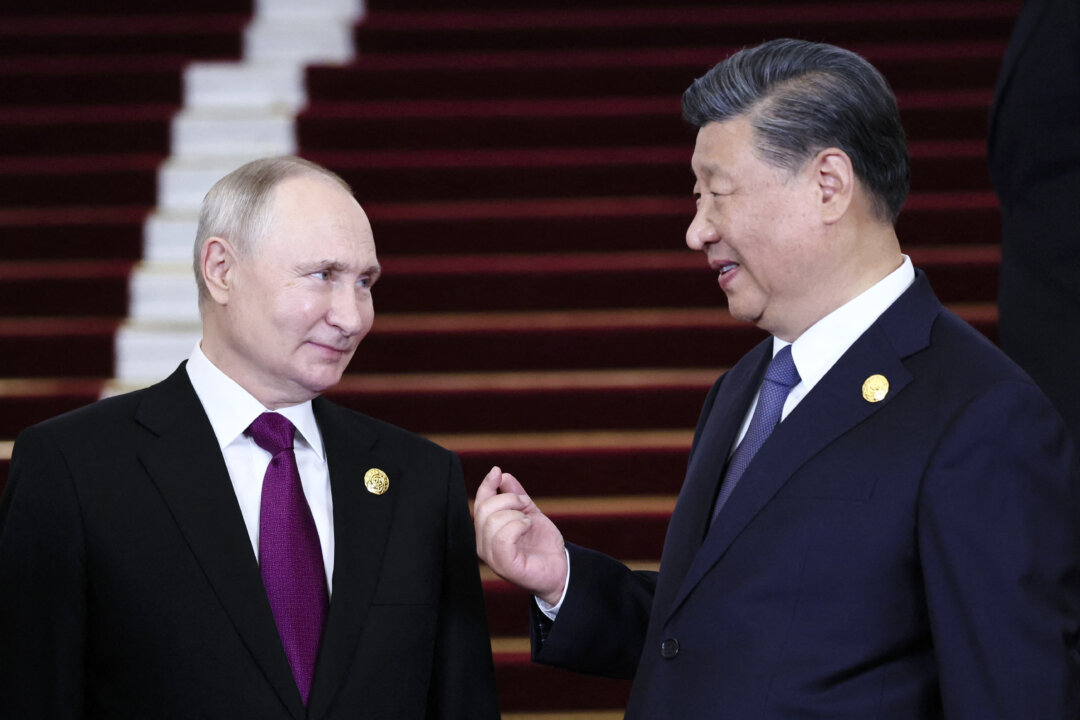If high-sounding rhetoric could deter our adversaries, than the Albanese government’s new defence budget was a resounding success.
Commentary
If high-sounding rhetoric and promises of significant expenditure in a decade are enough to boost Australia’s defences and deter our adversaries, the latest announcement by the Albanese government might be judged favourably.
But they are not; which signifies the failure of the announcement by Defence Minister Richard Marles.
Consider what Mr. Marles announced:
- $330 billion defence investment program that will lift spending to 2.4 percent of GDP by 2034;
- An additional $50 billion over the next decade, and $5.7 billion over the forward estimates (the next four years) to modernise the Australian Defence Force with new missiles, drones, ships, and aerial defence systems; and
- $22.5 billion of “reprioritisation” (that is, cuts) over the next four years, and $72.8 billion over a decade, representing cuts to existing Defence programs to fund new capabilities.
This is claimed to deliver $63 billion to $76 billion for undersea warfare including nuclear-powered submarines and underwater drones, $51 billion to $69 billion for new surface ships, $16 billion to $21 billion for guided weapons, and $14 billion to $18 billion for missile defence.
About $36 billion to $44 billion will be spent to transform the army into an amphibious force modelled on the U.S. Marines, $28 billion to $33 billion for the air force, and $14 billion to $18 billion to enhance northern defence bases in Darwin, far north Queensland, Tindal, and the Cocos Islands.
But this comes with a spate of cuts, including delaying consideration of a fourth squadron of F-35 Joint Strike Fighters, shelving the new EA-18G Growler electronic attack aircraft, delaying new missiles for the air force, and the cancellation of two large support vessels for the navy.
Worse, the increase in expenditure over the next four years is just $5.7 billion. The vast majority of the proposed expenditure occurs after the forward estimates, almost all of it in the latter part of the decade ahead.
Mr. Marles said, “The best time to have acted on all this is 10 or 20 years ago, and the second best time is now. That’s the reality of what we face.”
But his statement is accompanied by delays in the vast majority of this expenditure until years into the future!
He says, “We need to make sure we have transformational capability in place so we can resist coercion and maintain our way of life,” but fails to act in a timely manner.
The Defence Statement is a pea and thimble trick.
The most generous assessment of the strategy is that “it remains to be seen” if it can be delivered. A more realistic observation is that it is “pie in the sky.”
The Labor government has a habit of promising expenditure that is scheduled years into the future, when or if it is still in government.
Instead of raising expenditure to 3 percent of GDP, the Albanese government acknowledges the threat to Australia’s national security but fails to match its own warnings.
In speaking to the defence think tank, the Williams Foundation, Mike Pezzullo, former head of the Home Affairs Department, said he believed there was now a 10 percent chance of military conflict in the region before 2030.
“We face, before 2030, the credible prospect of having to defend Australia during a major war in the Indo-Pacific,” Mr. Pezzullo said.
“Today, we need to contemplate Australia, and the airspace, seas and islands that surround us, as potentially constituting a theatre in a larger Indo-Pacific war.”
The history of warfare also demonstrates that the use of new weapons is critical to success. The cannonball, the crossbow, the tank, submarines, missiles, and now drones are historic examples of new technology making the difference.
Yet missiles are being cut from defence expenditure, and there is no clear indication that Australia intends to acquire drones—which every other modern defence force has in its armoury—as a matter of urgency.
That’s little comfort for Australians facing the greatest security threat since World War II.
Views expressed in this article are opinions of the author and do not necessarily reflect the views of The Epoch Times.














 English (US) ·
English (US) ·  Turkish (TR) ·
Turkish (TR) ·